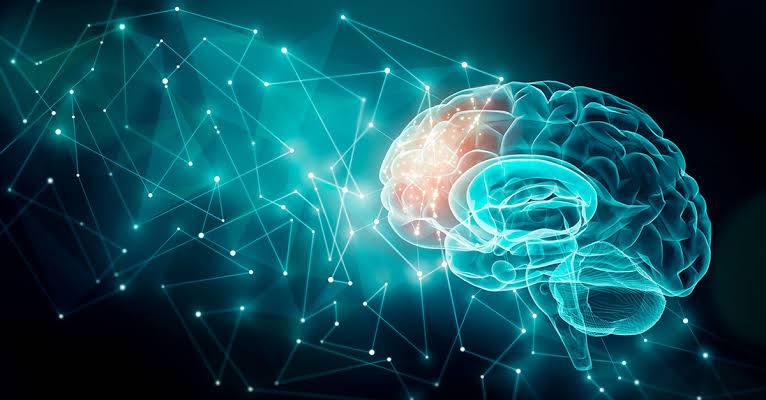How does our brain store memories?

Our brain stores memories through neurons, synapses, and brain regions like the hippocampus and cortex. Memory formation happens in three stages: encoding, storage, and retrieval. During encoding, the hippocampus processes sensory information and converts it into short-term memory. Important memories are then transferred to the cerebral cortex for long-term storage. Connections between neurons strengthen through synaptic plasticity, making recall easier. Memories are categorized as explicit (facts, events) or implicit (skills, habits). Emotional memories are reinforced by the amygdala, making significant experiences more vivid. Over time, the brain reorganizes and strengthens memories through consolidation, helping us retain important information.
Why It Matters
This fact belongs to the general category and contributes to expanding general knowledge. Understanding such facts not only makes you smarter but also helps connect ideas across different fields.
More Insights
- Explore similar facts on science, history, and general trivia.
- Share this fact with friends to spread knowledge.
- Bookmark this page to revisit later.